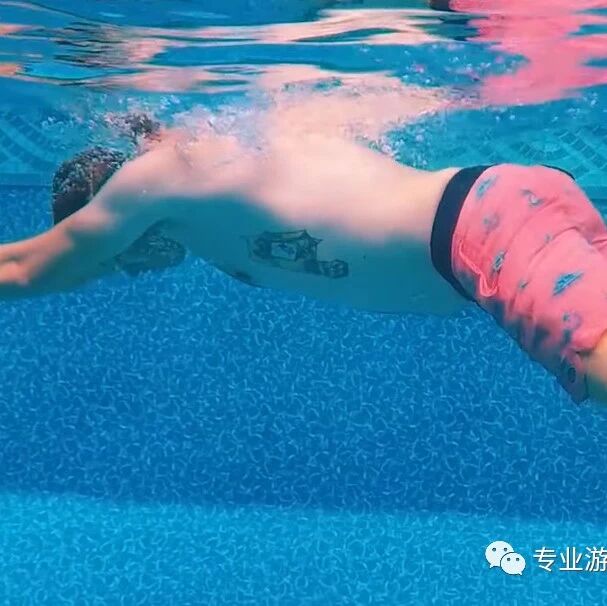Two-stroke kicking mimics drawing a bow and shooting an arrow—quickly mastering the technique of snapping-leg kicks.

Two-beat sculling and the wide-track, high-elbow arm recovery are both hallmarks of the full-body immersion freestyle stroke. The beauty of the two-beat sculling lies in its versatility—whether you want to swim as leisurely as a stroll or get a workout comparable to brisk walking. Among the key components of this technique, the "kick" plays a crucial role. While traditional kicking relies on a powerful thigh-driven whip kick, the "bounce kick" involves a dynamic, thigh-powered leg movement that feels more like a quick, snapping motion.
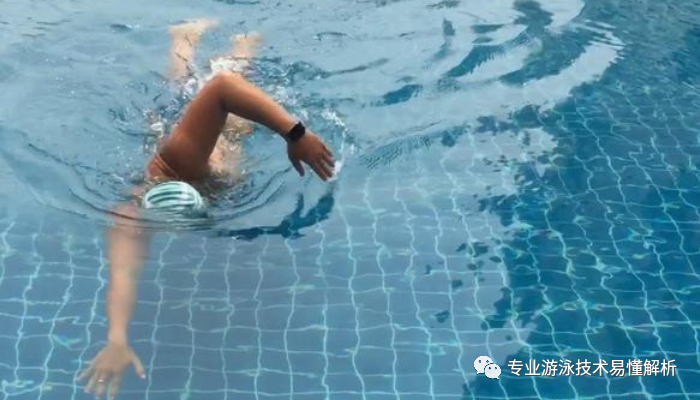
1. The double-arm sculling motion is the result of coordinated, full-body effort.
Before entering the water, you can lie flat on the ground with your arms extended forward. As you twist your body, reach one arm forward as if grabbing for an object, while simultaneously moving the opposite leg downward—focusing intently on engaging your hips and glutes. This movement sequence and the way you generate power closely resemble the motion of drawing a bow to shoot an arrow. Think back to the act of archery: one arm firmly grips the bow, while the other pulls the string forcefully backward, all while keeping your torso stable and twisting your core to initiate the rotation.
2. The Analogy Between Two-Stroke Paddling and Archery
When shooting an arrow, the arm holding the bow forward is like a hand extended in water—steady and consistently pointing straight ahead. Meanwhile, the other arm acts as the recovery phase, preparing to enter the water. The drawn bowstring mimics the movement of a leg being pulled back or lifted, both building momentum for the next powerful stroke. And just as a relaxed bowstring represents a leg that has already completed its powerful kick by pushing against the water, this leg should now be completely relaxed.
*Note: The kicking leg and the arm performing the pull-through motion are on the same side.*
3. Key points for learning the two-beat kick
The two-beat kick is executed by leveraging core strength, with the body’s central axis as the pivot. As you twist sideways, one arm extends forward, lengthening your body, while the opposite leg swiftly kicks downward to accelerate the rotation. This rotational motion then helps convert the upward force generated by the kick into forward propulsion. Ultimately, how effectively this conversion occurs determines the efficiency of the kicking technique. Therefore, the key to mastering the two-beat kick lies not just in the leg movement itself, but even more so in coordinating it seamlessly with your body’s lateral twist. Think of it like drawing a bow: the way your body twists and aligns with the arm pulling the string mirrors the ideal coordination needed for this technique.
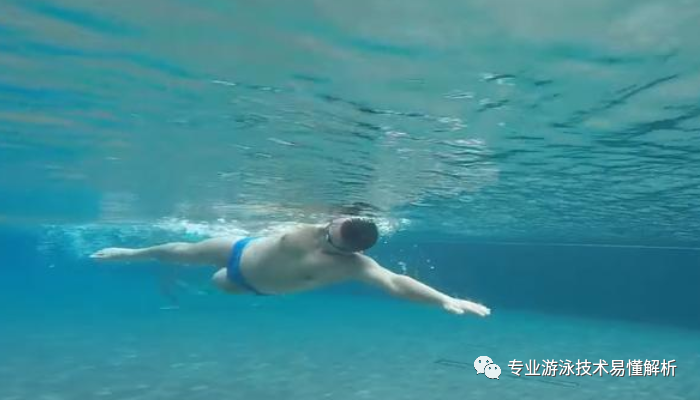
4. The Learning Experience of the Two-Stroke Arm Movement
To start your practice, you can first extend both arms forward and lie face down in the water, gently rotating your body to feel how your core engages when moving through the water. Building on this, you can add a flutter-kick motion with your legs while keeping your arms extended ahead—combining the leg action with the side-to-side body rotation. Next, try practicing by retracting your lower legs after completing the arm recovery phase, preparing for the kick without immediately entering the water. Then, as you enter the water, explosively drive your legs into the kick. Repeat this coordinated sequence several times until it feels smooth and natural. Once you’ve mastered this, move on to practicing the simultaneous side-to-side body rotation during the arm extension before entering the water, allowing you to experience the seamless connection between the leg kick and the body’s lateral movement.
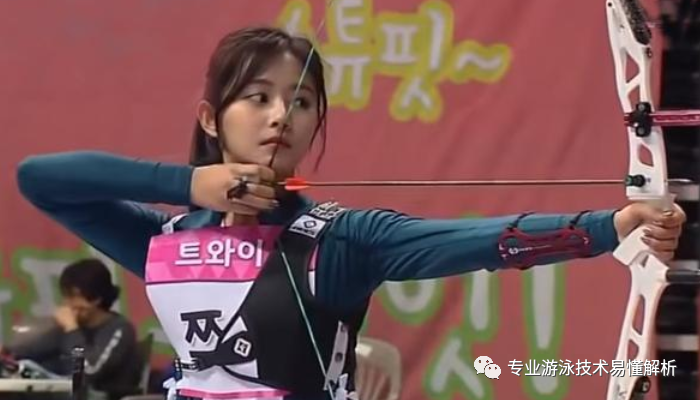
Of course, the initial leg-retraction and kicking motion may not be perfect, but practicing this way at first helps you quickly grasp the timing of coordination. As you gain better control over your body’s lateral rotation and leg-kick synchronization, you can gradually reduce the amplitude of your leg retraction—allowing you to fully engage your hips and glutes. By this point, you’ll already be well into the stage of mastering the two-beat kicking technique, and your kicking efficiency will steadily improve. Trying to achieve an advanced, explosive leg kick right from the start, however, would be unwise.
Related Articles
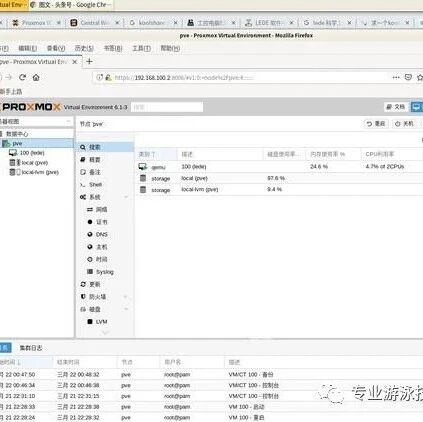
I bought a 3865U soft router from Taobao's "Wan Neng Tao Bao," and here are the simple steps to install PVE and LEDE.
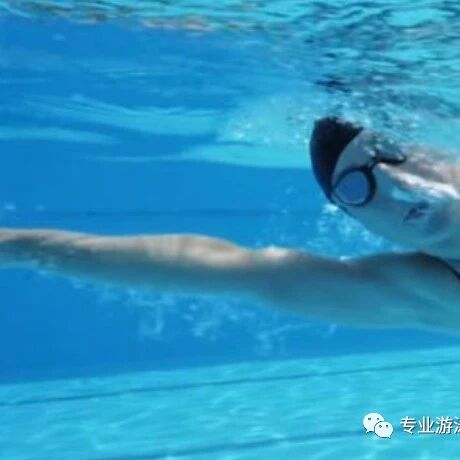
How exactly is a swimmer's injury caused? When you're swimming in the water, don't go against it.
